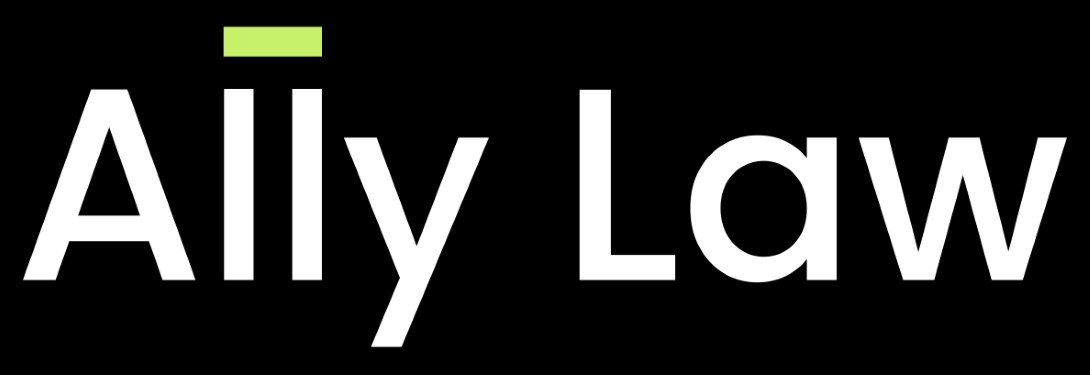By Alex Liu
Hong Kong, 3 September 2021: How can a company maintain a high-profile presence in Hong Kong, renting office space and employing a significant number of staff, when its core service is deemed illegal? Welcome to the unusual world of Uber, the global ride-hailing giant which has thrived in this city despite government opposition and regulatory roadblocks.
Uber operates in Hong Kong in what is best described as a legal “grey area” – a situation caused by a number of factors including the unique nature of its business, outdated transport legislation and a seeming unwillingness of the authorities to tackle reform of the taxi and private hire industry.
Since arriving in Hong Kong in 2014, Uber has proved immensely popular with citizens and has expanded quickly, with about 14,000 drivers offering their services. But ride hailing is illegal without a car hire permit and the firm has faced strong resistance from the taxi industry which has around 40,000 drivers for 18,163 licensed cabs.
Under the Road Traffic Ordinance, any person who drives, uses, suffers, or permits to be driven or used, any motor vehicle for the carriage of passengers for hire or reward without a car hire permit is guilty of an offence punishable by a maximum fine of HK$5,000 and up to three months in prison on first conviction. These figures rise to a HK$10,000 maximum fine and up to six months prison time for a subsequent conviction. Further, the vehicle licence may be suspended for three months for the first offence, rising to six months for a subsequent offence.
Arrests – and a landmark ruling
Back in 2015, about one year into its Hong Kong operations, three Uber employees were arrested at the firm’s offices in Cheung Sha Wan for aiding and abetting drivers who were accepting rewards for carrying passengers and who had failed to take out third party insurance for vehicles. Five drivers had been arrested the day before. Two years later, a further 22 drivers were detained and 12 vehicles impounded in what the police called their biggest operation to date against illegal ride hailing services.
In a landmark judgment in September last year, 24 Uber drivers found guilty of carrying passengers for hire or reward lost their case in the Court of Final Appeal. The Court of First Instance had earlier dismissed their appeals, ruling that new modes of transport did not outdate old traffic laws.
However, there has been little coordinated police action against illegal ride hailing in recent years and Uber remains robust and operational. The legal boundaries appear well defined: while Uber drivers are breaking the law, passengers are not.
The firm has consistently called for a better relationship with the government to address the city’s mobility future and allow it to operate legally. It insists it is seeking compromise and is willing to work side by side with the taxi industry. Passengers, meanwhile, have welcomed the firm’s easy-to-use mobile applications, clean vehicles, efficient and friendly drivers, and convenient electronic payment system.
In contrast, Hong Kong’s taxi industry faces strong criticisms about its service standards. In the decade and a half from 2004, complaints against cabbies more than doubled, topping 11,000 for the first time in 2018, according to figures from the government’s Transport Complaints Unit. The figure was 10,318 in 2019 before plummeting to about half that amount last year as Covid-19 dramatically curtailed cab usage. Most complaints relate to drivers being rude, overcharging, cherry-picking passengers or taking circuitous routes.
Much talk, little action
In her policy address last November, Chief Executive Carrie Lam revealed the Transport and Housing Bureau was preparing legislative amendments on increasing the penalties for illegal carriage of passengers as well as malpractices in the taxi industry. She promised there would be greater effort to improve the quality of taxi services, including using technology and organising commendation schemes as ways of getting drivers to improve.
However, little has happened since, much to the annoyance of the taxi lobby which has long called for a crackdown on Uber’s operations as well as action against the malpractices of a small number of its own drivers who, it believes, tarnish the industry’s image. Government sources have indicated legislative amendments are unlikely to be put forward this year.
Uber, though, has hardly been idle. Last month, it acquired HKTaxi, the territory’s most popular cab app, giving it access to more than 70,000 registered cab drivers, made up of active, dormant and part-time workers. While financial terms were not disclosed, Uber said the deal showed it was committed to investing in the development of Hong Kong’s taxi industry and increasing the adoption of e-hailing services. It confirmed that, for the present, the HKTaxi and Uber apps would continue to operate separately.
The acquisition was Uber’s latest step deeper into the taxi market, with many cabbies – enticed by rewards and low commissions – having already joined its platforms. Last October, it launched Uber Taxi, which allows Uber users to call a standard Hong Kong cab. This came after the firm unveiled Uber Flash in 2019, a platform matching passengers with the nearest taxi or UberX private vehicle.
Both services operate on a “hire as a whole” basis, allowing cabbies and passengers to agree on the fare, rather than use the meter. Under section 38 of the Road Traffic (Public Service Vehicles) Regulations, the registered owner of a public transport vehicle, including a taxi, may hire the vehicle to any person at a rate of hire based on the time during which the vehicle is hired, with or without additional charge in respect of the mileage travelled, or on such other terms as may be agreed with the hirer. A condition of hiring is that the vehicle should be driven only by a person in the employ of the registered owner or that such a person is provided to drive the vehicle.
Uber Taxi would appear to be operating within the law, given its vehicles naturally have a taxi licence. Uber Flash may be deemed legal for taxis for the same reason, but not UberX vehicles as the use of private cars for ride hailing services is prohibited.
Without giving exact numbers, Uber says “thousands” of cabbies are now using its platforms and are earning an average of 20% more than if they relied only on street hails. The firm says taxi drivers appreciate the fact they can increase income and work more efficiently due to its cashless payment and e-receipt system.
To regulate or not?
Almost a year ago, the government scrapped a bill to introduce pricier, higher-quality cabs. The proposal would have allowed three franchises to operate some 600 ride-hailing premium taxis, with services such as electronic payments and Wi-Fi, and fares 50% higher than normal cabs. The unpopular plan was opposed by both the taxi lobby and Uber and was seen by many as adding to the industry’s problems rather than easing them.
It is worth noting that in 2018, the Law Reform Commission of Hong Kong published a paper calling for regulation of ride hailing services in a way that would protect the public and minimise the impact on taxi owners. In a nod to increased traffic congestion, it suggested taxing such services, and also pointed out concerns arising from competition law. As well, the paper’s authors acknowledged ride sharing platforms could evolve and bring in more innovations that would lead to further legal uncertainty.
What happens next? All eyes are on the Transport and Housing Bureau. Clearly, there is a need to reform this city’s unregulated ride hailing market and upgrade existing taxi services. The onus falls on our government to make some firm decisions.
Alex Liu has been a member of the Transport Tribunal since 2015 and was appointed as a Chairman earlier this year. The Tribunal hears appeals against decisions made by the Commissioner for Transport on various matters including hire car permits. A Partner in BC&C since 2000, Alex’s key areas of practice include commercial and corporate litigation. He can be contacted at alex@boasecohencollins.com.



